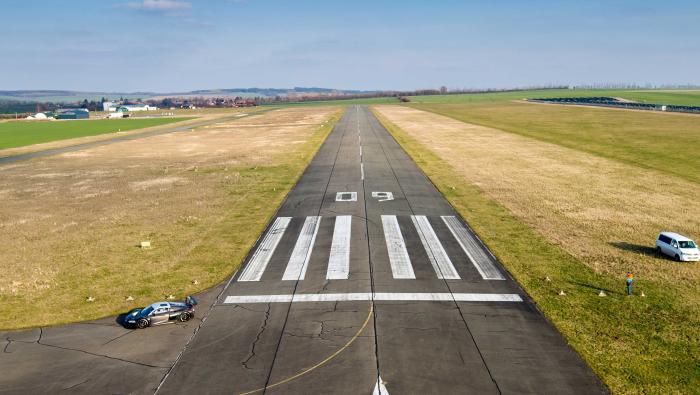What has been classified as an accident involving a Bombardier Challenger 604 is prompting international flight-planning organization Flight Service Bureau to caution about the need for lateral separation when smaller aircraft fly near an Airbus A380.
On January 7, a Challenger 604 (registered as D-AMSC) operated by MHS Aviation, was flying over the Arabian Sea at 34,000 en route to Abu Dhabi when it lost control, resulting in “significant loss of altitude, abnormal flight attitudes and accelerations beyond the certificated flight envelope,” Bombardier confirmed. After losing control, the crew shut down one engine due to a “high inter turbine temperature,” but the other engine remained operational.
The aircraft is believed to have dropped by as much as 10,000 feet, according to Flight Service Bureau, which cited reports that the aircraft had encountered wake turbulence that had caused it to roll several times.
The crew eventually regained control, relit the engine and diverted to Muscat, Oman. Some of the nine people aboard experienced serious injuries during the event, and the aircraft is believed to have been written off due to damage from G forces, Flight Service Bureau added.
Bombardier confirmed that the crew reported that before the event “an oncoming large transport-category aircraft passed them with 1,000 feet clearance above, and slightly offset to the left.” That aircraft is believed to have been an A380.
The event was classified as an accident, and the German Federal Bureau of Aircraft Accident Investigation is leading the investigation.
“There is now growing concern amongst aircrews about the effects of the A380’s wake turbulence,” the flight planner said, issuing an operational bulletin to its clients stressing the importance of following standard lateral offset procedures when a small aircraft is flying near the A380 at high altitudes. Flight Service Bureau further expects EASA to follow with a safety information bulletin on the issue.
This article has been updated to correct the potential drop in altitude.






